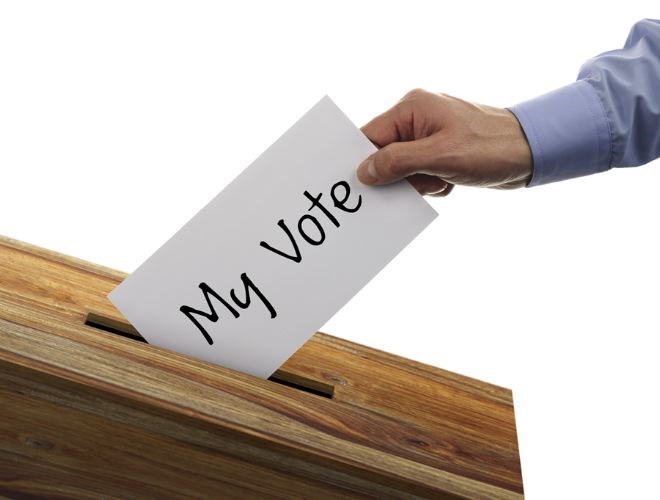As you may have seen in the last few weeks, the Attorney General of B.C., David Eby, submitted a report to Premier John Horgan that outlines the recommendations for the proposed voting systems that will be offered to British Columbians in the fall referendum. Just like the report suggests, we need public education to explain about how the systems work. We also need an honest, non-partisan discussion about the potential consequences of changing the system. Changing the electoral system comes down to a bit of a leap of faith because we simply won't know how changes will impact voting behaviour.
Over the next series of columns, I will look at how first-past-the-post functions in B.C. and I will review the three recommended PR systems. I will also provide some information about where to access resources so that you can make an informed choice. It should be noted that Cabinet still has to approve the recommendations.
My first suggestion is to start by reading the Attorney General's report itself. Just search: "How we Vote Report and Recommendations of the Attorney General." Eby suggests that the referendum question should be presented in two parts. First, voters will be asked if they want to change the system: "Which should British Columbia use for elections to the Legislative Assembly? The current First Past the Post voting system or a proportional representation voting system?" Then voters will be asked: "If British Columbia adopts a proportional representation voting system, which of the following voting systems do you prefer? Dual Member Proportional (DMP) or Mixed Member Proportional (MMP) or Rural-Urban PR?"
In regard to the first question, voters should understand clearly why there is a vigorous argument about changing the electoral system. I have explained the first-past-the-post (FPTP) system before in this column but I will review it briefly again in order to re-introduce some important terms that need to be understood.
First, FPTP is not really the name of our system, it is actually called single-member plurality. The province is divided into electoral districts (also called constituencies or ridings). These ridings are supposed to be determined by population size. The issue is that some ridings in northern and rural B.C. are much smaller in population even though the ridings are very large in area. The B.C. Electoral Commission has to use special circumstances to justify allowing for ridings that are substantially smaller in population. Currently there are 87 ridings. These ridings represent 87 Members of the Legislative Assembly (MLAs) in Victoria. And, just to be clear, these ridings are distinct to the provincial government. There are only 42 federal ridings in the province that correspond to 42 seats in the House of Commons in Ottawa and they are held by Members of Parliament (MPs). The new electoral system would only apply to elections for MLAs.
In each electoral district, each registered political party can run one candidate; that is where we get the term "single member" in the name of the electoral system. Each voter gets to choose one candidate from the list on the ballot. The ballot has the name of the candidate beside the name of the party they represent. Then every ballot that is cast in the riding is counted. The person with the most votes wins; that is where we get the second part of the name of the system: "plurality." Single-member plurality.
In other words, there is one MLA for the whole riding and they only need to get the most votes - not the majority - to win. At the end of this process, Elections B.C. counts the number of ridings won by each party and the party with the most ridings traditionally wins the election.
The complaint is that by only needing the most votes it is possible to win the riding with less than 50 per cent of the vote.
Proportional representation systems attempt to distribute votes in a way that represents the actual votes cast for political parties. Future columns will look at each of the recommended systems.



